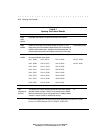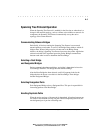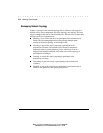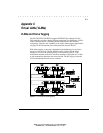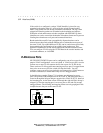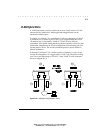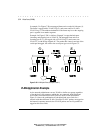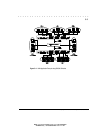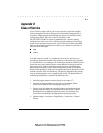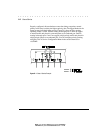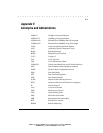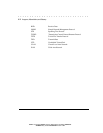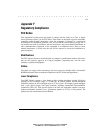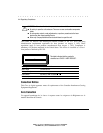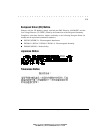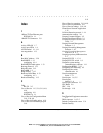
. . . . . . . . . . . . . . . . . . . . . . . . . . . . . .
(
'SQTEU7;7;7;(YEP7TIIH7[MXGL9WIV+YMHI
;VMXIV
*VER7TVEKIRW
4VSNIGX
'PEWWSJ7IVZMGI
'SQQIRXW
*MPI2EQI
CHHSG
0EWX7EZIH3R
%1
%TTIRHM\(
'PEWWSJ7IVZMGI
Class of Service support allows you to assign mission-critical data a higher
priority through the switch by delaying less critical traffic during periods of
congestion. Higher priority traffic through the switch is serviced first before
lower priority traffic. The Class of Service capability of the
SW3322/SW3323/SW3324 switch is implemented by a priority queuing
mechanism. In order to use Class of Service (priority queuing) you must first
enable VLAN operation on the switch. Class of Service is based on the IEEE
802.1p draft standard specification and allows you to define two priorities of
traffic on each switch port:
■
high
■
normal
As traffic enters the switch, it is assigned to one of the two priority levels
according to information located in the header tag of the packet (see Appendix
D, “Virtual LANs”) or according to the incoming port number. Packets are then
placed into one of two transmit queues on the outbound switch port based on
their priority level. Packets on the high priority queue are transmitted first;
when that queue empties, traffic on the normal priority queue is transmitted.
When priority queuing is being used, each packet that passes through the switch
contains a priority level in its header tag. The priority information may already
exist in incoming packets, or be assigned by the switch. The determination of
individual packet priority is based on the following rules:
1.
Incoming tagged frames contain a priority level (range: 0-7)
2.
Incoming non-tagged frames are assigned a preconfigured default
priority level based on their incoming port (range: 0-7)
3.
Priority levels of packets are compared against a preconfigured global
priority threshold setting. Those packets with levels equal to or above
the threshold are designated high priority traffic; those packets with
levels below the threshold are designated normal priority traffic.
4.
Default settings: 4 and above = High Priority, 3 and below = Normal
Priority



